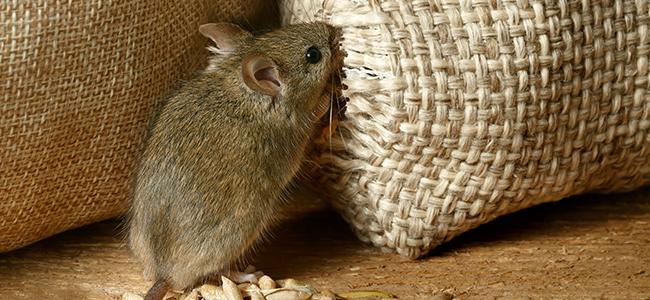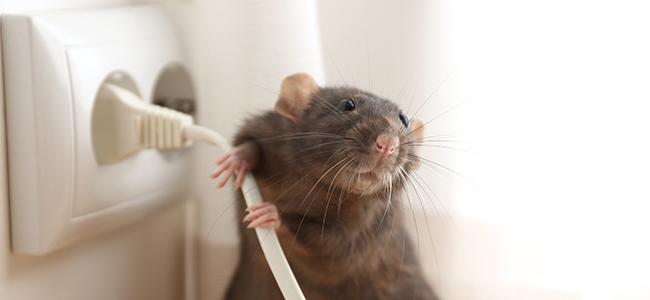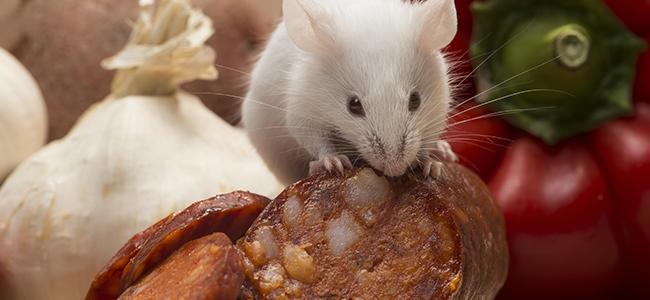
This is How Mice Keep Getting Into Your Washington D.C. Home
01/30/2022
It is estimated the more than 20 million homes in the U.S. each year are infiltrated by rodents such as mice and rats. Mice are small rodents that ...
READ MORE >
11/09/2016
Rats and mice are no equal when it comes to executing the best strategy to get rid of these pesky vermin. When mice or rats invade our homes and businesses they are often mistaken for each other, making it challenging for homeowners in Maryland to act on the best treatment. Follow these foolproof tactics to help you identify a rodent problem in your Maryland home and the best approach to getting rid of rats and mice.
Rats may leave no trace
Customers who call us with rodent problems often suspect that someone or some “thing” has been dining on a late-night fare of cookies, bread, and chocolate. But, in some cases, it is not always that easy to detect a rat problem. Opportunistic rats with a case of the late night munchies often LNT of said evidence. In some cases, the only indication of a rodent infestation (that can be found) is a questionably-torn package of Ramen noodle. No droppings, no sightings…nada.
Rats are twice as likely to move food
While mice typically eat a small amount of food at its source, rats are more likely to collect and take the food to another location before savoring it. This may be because rats are larger and physically more capable of hauling off a granola bar, or just personal preference. Either way, rats are notorious for moving food to a more secluded area to consume it.
Mice will leave droppings where they travel (and eat)
Where there are mice, there are droppings. The droppings are small; resembling a grain of rice with pointy ends. They will be located where mice travel and where they eat, such as behind a stove, in the pantry, or under cabinetry. Their urine also plays a vital role in communicating with other mice—whether to attract a potential female mate or warn other male mice to keep away.
Mice do not grow up to be rats
Surprisingly, many people do not realize that rats and mice belong to different species. Rats will always be larger, heavier, and longer than mice. And, their fecal droppings will be larger too. Adult mice have bodies that are 3 to 4 inches long with 3 to 4-inch tails. Adult rats can grow up to 9 to 11 inches in length with 7 to 9-inch tails.
The best approach to getting rid of rats or mice
Identify the problem. The key to solving a rodent infestation begins with realizing that you have a problem. Regularly declutter areas where mice and rats are likely to harbor, such as basements, attic spaces, and areas where foodstuffs are stored. Keep an eye out for droppings, gnaw marks and nesting materials.
Use the appropriate tools. You would not want to set a mouse trap for a rat and vice versa. Be sure to select the tool most appropriate for the size of the rodent and the location in which it is active. Also remember to keep rodent bait and snap traps to inaccessible areas, away from children and household pets.
Utilize more than one type of bait in your traps. You may find that mice in your home prefer chocolate icing to peanut butter or bacon. If, at first, you don’t succeed...try something else. Just make sure that it’s a consistency that sufficiently adheres to the trap according to the product directions. Also remember to “refresh” bait that may become dry and flaky to keep it palatable.
When all else fails, the folks at American Pest are here to help. If you have questions about rodent control, simply contact us.

01/30/2022
It is estimated the more than 20 million homes in the U.S. each year are infiltrated by rodents such as mice and rats. Mice are small rodents that ...
READ MORE >

01/03/2022
Do you hear rodents scurrying around your Maryland home? You're not the only one with a rodent problem. For centuri...
READ MORE >

12/30/2021
Mice and other rodents are troublesome pests that you don’t want to find in your Washington D.C. home. Learn why these pests are so dif...
READ MORE >

11/12/2021
Are mice invading your Washington D.C. home? Call American Pest to keep your home mouse-free....
READ MORE >

Protect your home and family from nuisance and potentially damaging pests with a Preferred Care home pest control plan. Starting at $49/month

Don't let the bed bugs bite a second longer. Contact American Pest for the most comprehensive bed bug control in the industry. Learn More

Our certified rodent control pros will put an end to your frustration by getting rid of rats and mice inside your home. Learn More

Say goodbye to wood-destroying termites in your home when you contact American Pest for expert termite control. Learn More

Trust American Pest to deliver professional backyard tick control services that are guaranteed to get results. Learn More

Don't spend the warm-weather season indoors, find out how American Pest's professional treatments get rid of mosquitoes. Learn More
Fill out the form and recieve feedback in less than 5 minutes. For immediate service please call.